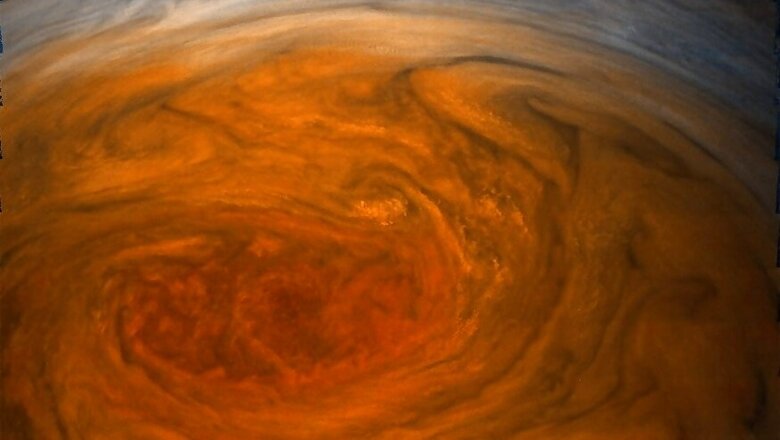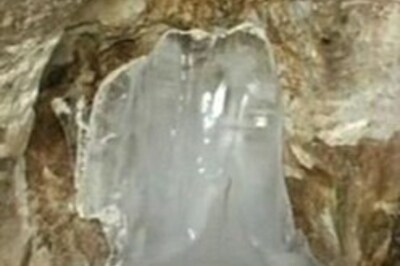
views
Astronomers have spotted an asteroid, the first known permanent immigrant to our Solar System, a discovery that may reveal important problems of planet formation, solar system evolution, and possibly the origin of life itself. Currently nestling in Jupiter's orbit, the former exo-asteroid was given the catchy name (514107) 2015 BZ509. It is the second alien rock to cause a stir in recent months - after 'Oumuamua' arrived in our own solar system, but then flew out the other side.
While all of the planets in our Solar System, and the vast majority of other objects as well, travel around the Sun in the same direction, 2015 BZ509 is different as it moves in the opposite direction in what is known as a "retrograde" orbit, the astronomers revealed in the paper published in Monthly Notices of the Royal Astronomical Society: Letters. "How the asteroid came to move in this way while sharing Jupiter's orbit has until now been a mystery," said lead author Fathi Namouni, from the University of Nice Sophia Antipolis in France.
Don't Forget to Subscribe to the 'Tech And Auto Show' YouTube Channel
"If 2015 BZ509 were a native of our system, it should have had the same original direction as all of the other planets and asteroids, inherited from the cloud of gas and dust that formed them," Namouni added. To find the origin of the asteroid, the team ran simulations to trace the location of 2015 BZ509 right back to the birth of our Solar System, 4.5 billion years ago when the era of planet formation ended. These show that 2015 BZ509 has always moved in this way, and so could not have been there originally and must have been captured from another system.
"Asteroid immigration from other star systems occurs because the Sun initially formed in a tightly-packed star cluster, where every star had its own system of planets and asteroids," said Helena Morais, from the Sao Paulo State University in Brazil.
Also Watch: OnePlus 6 First Impressions
"The close proximity of the stars, aided by the gravitational forces of the planets, help these systems attract, remove and capture asteroids from one another," she noted. Understanding exactly when and how 2015 BZ509 settled in the Solar System provides clues about the Sun's original star nursery, and about the potential enrichment of our early environment with components necessary for the appearance of life on Earth.




















Comments
0 comment